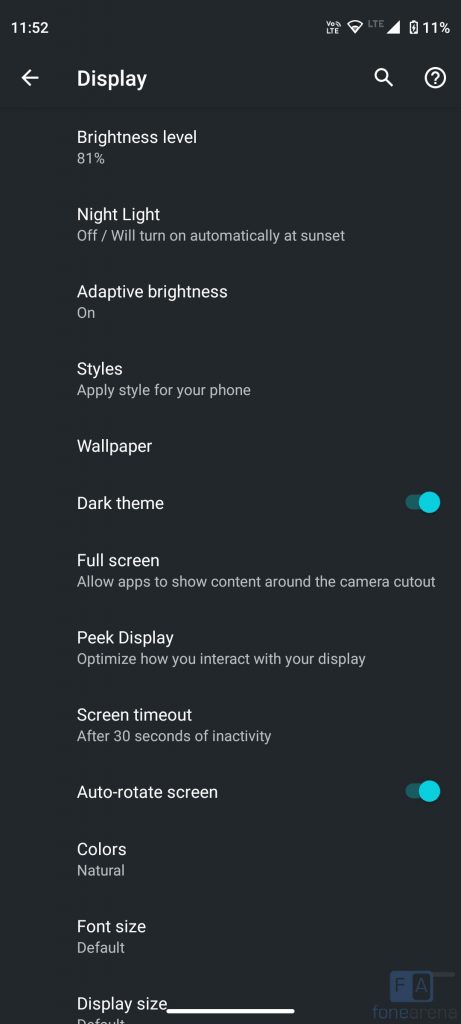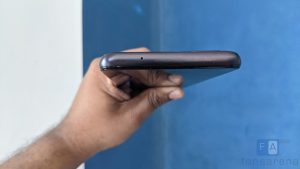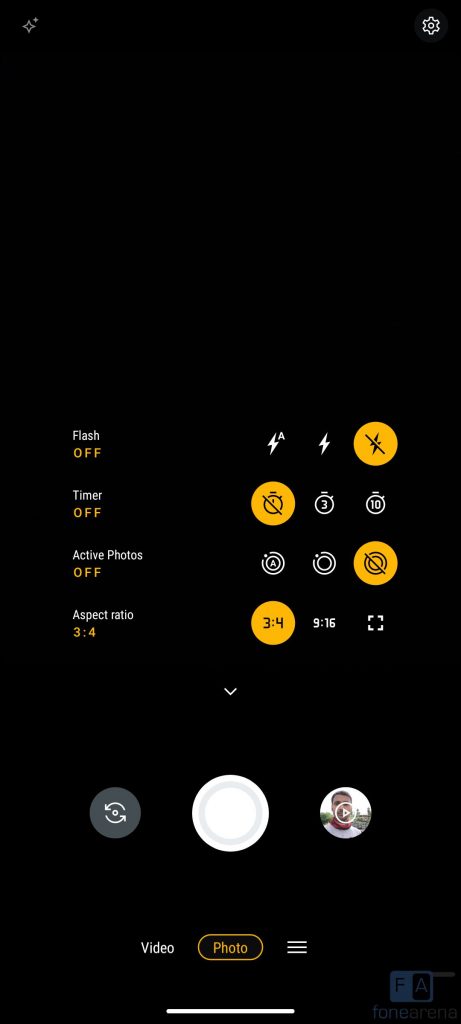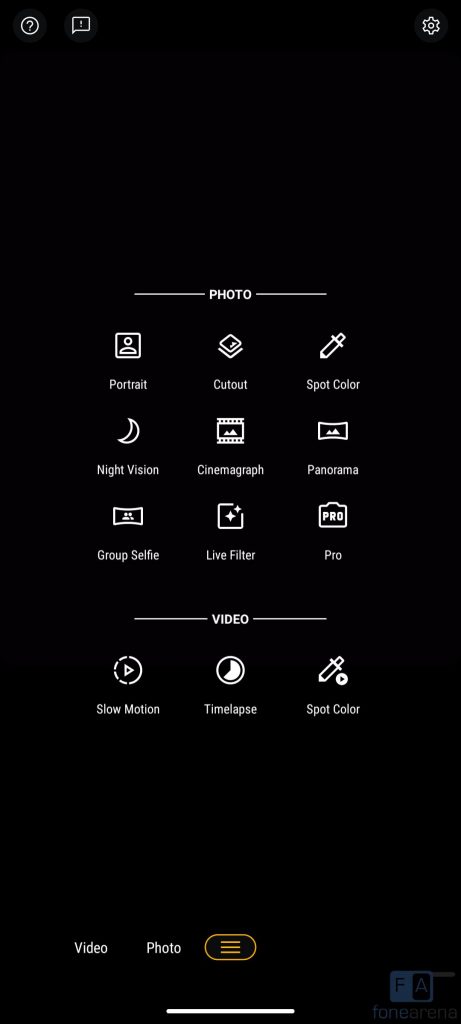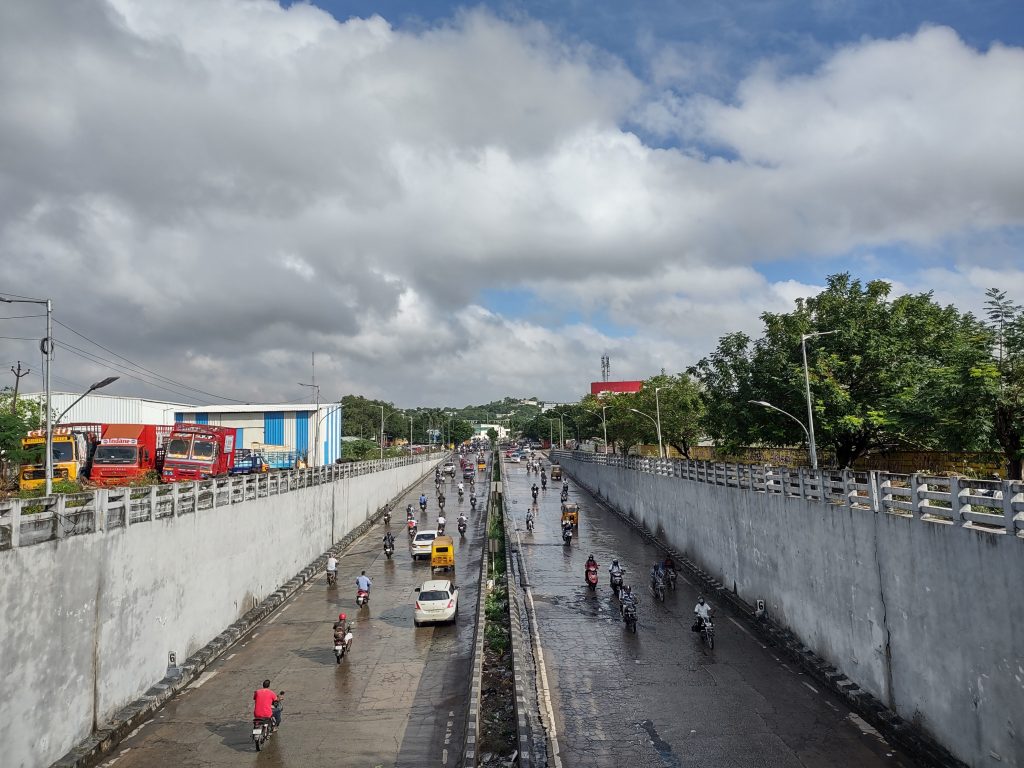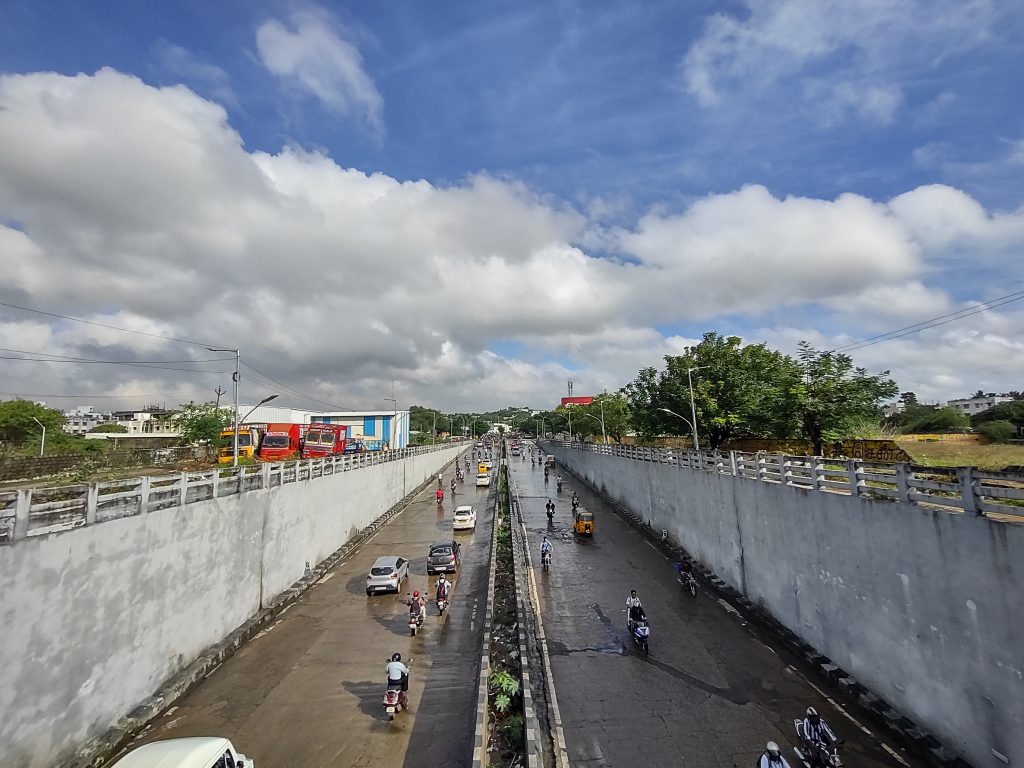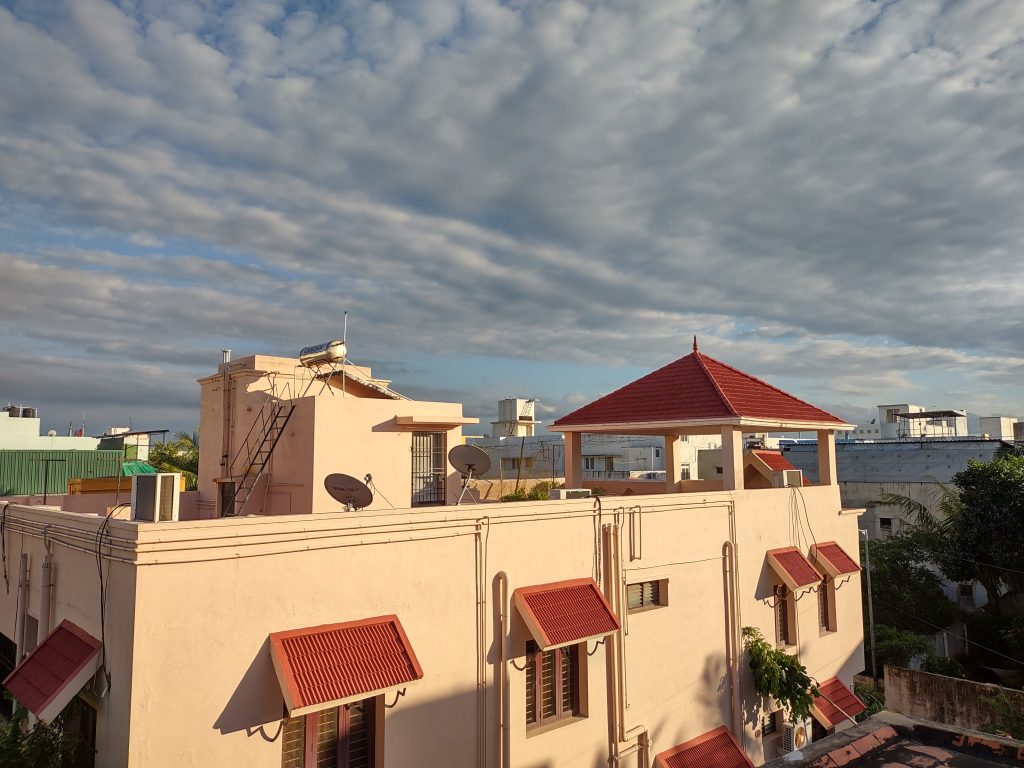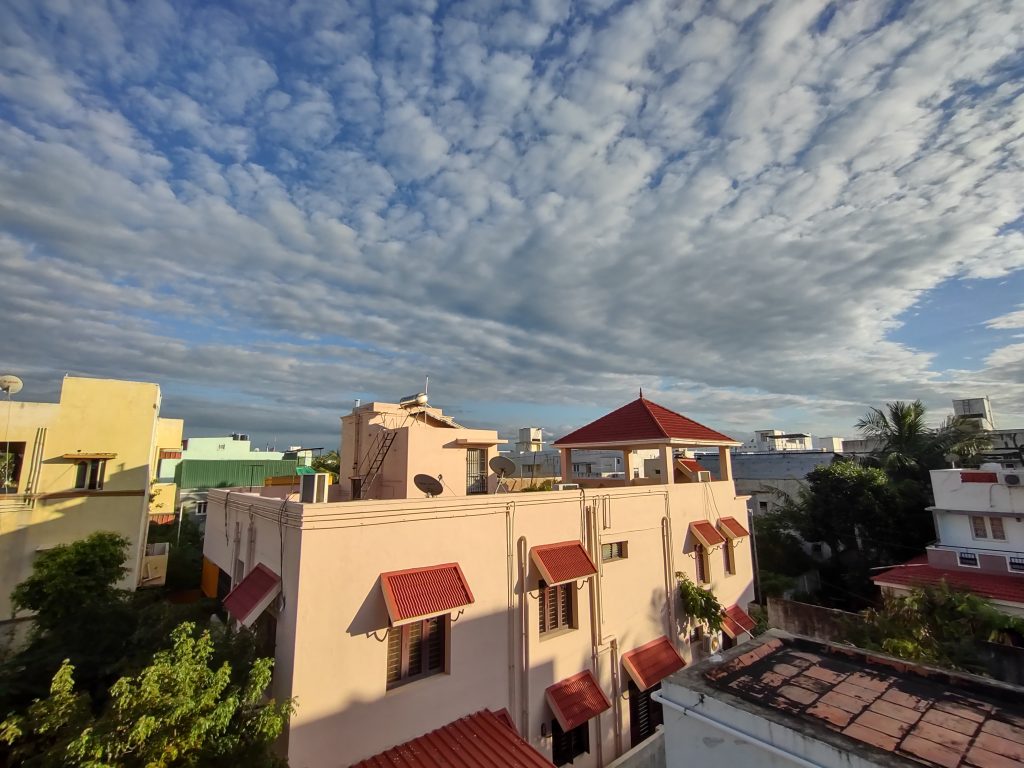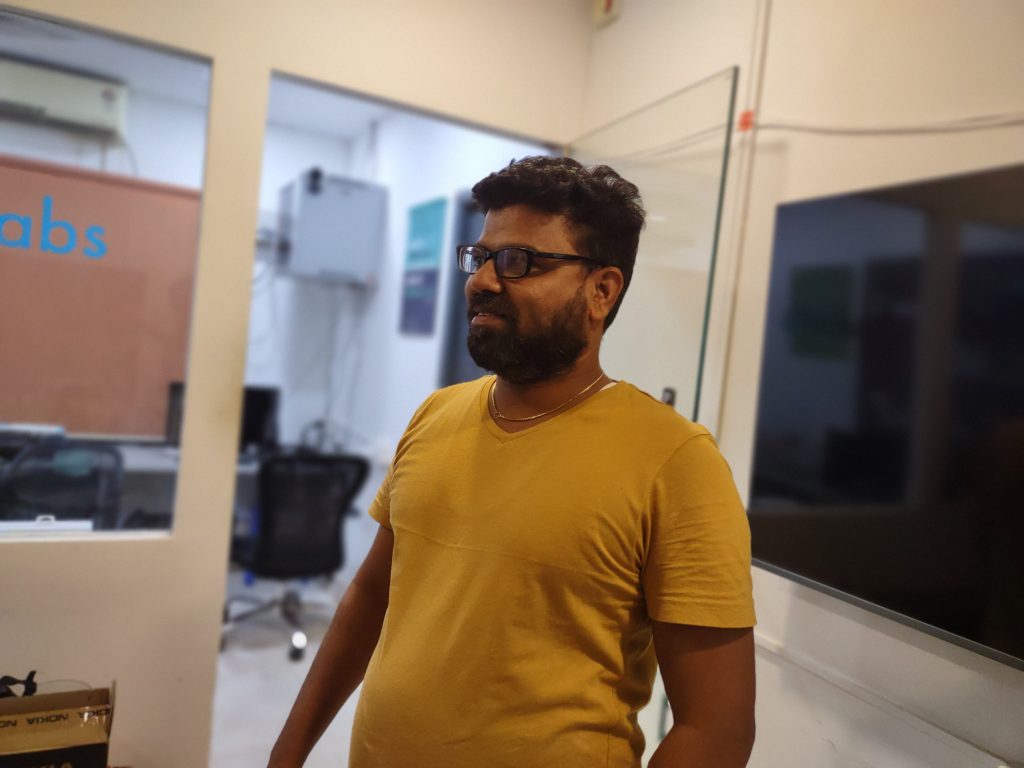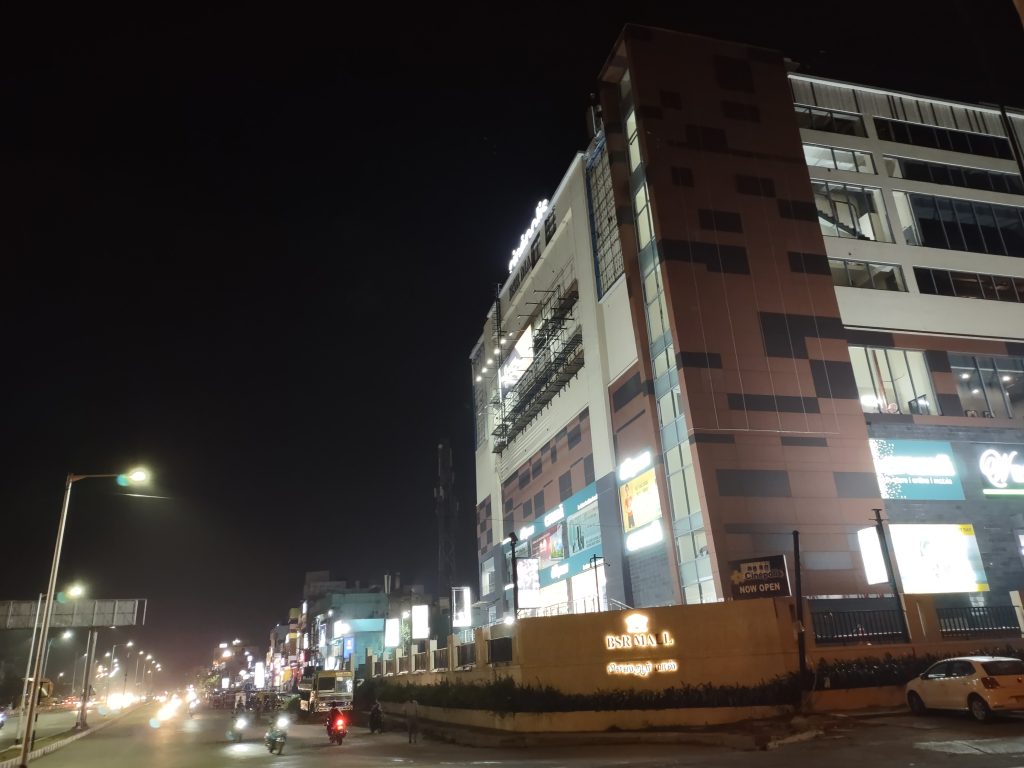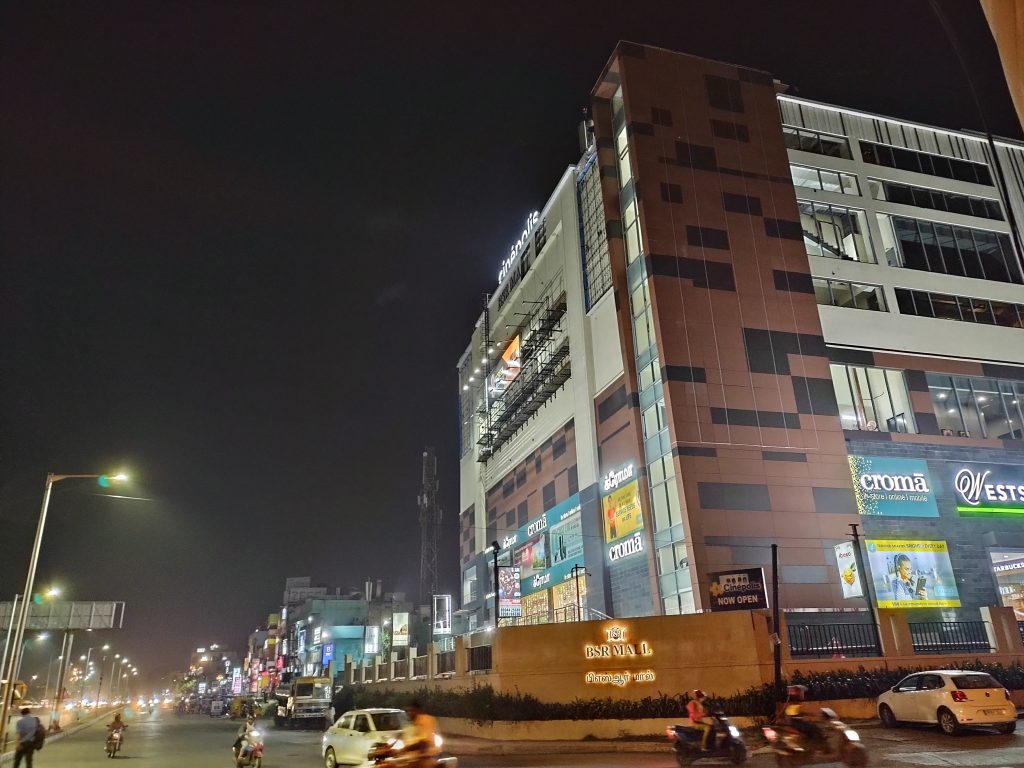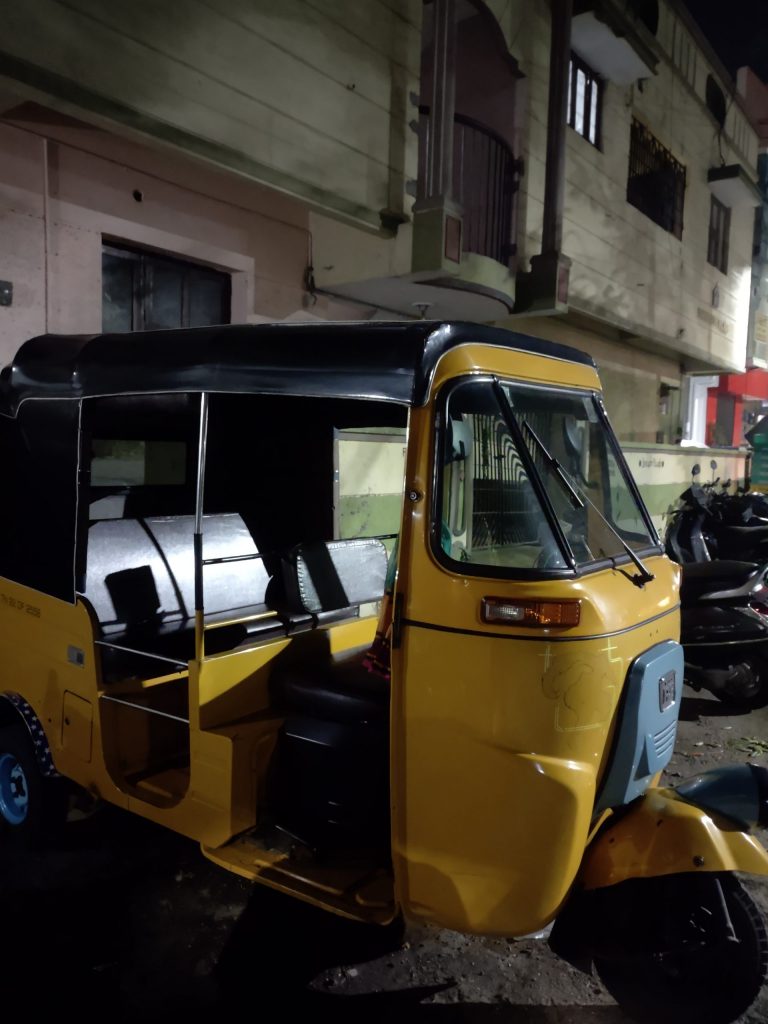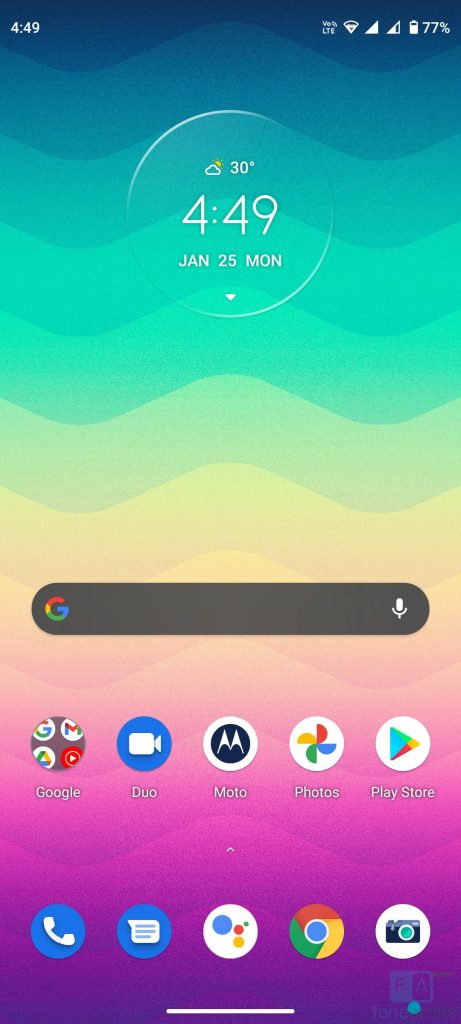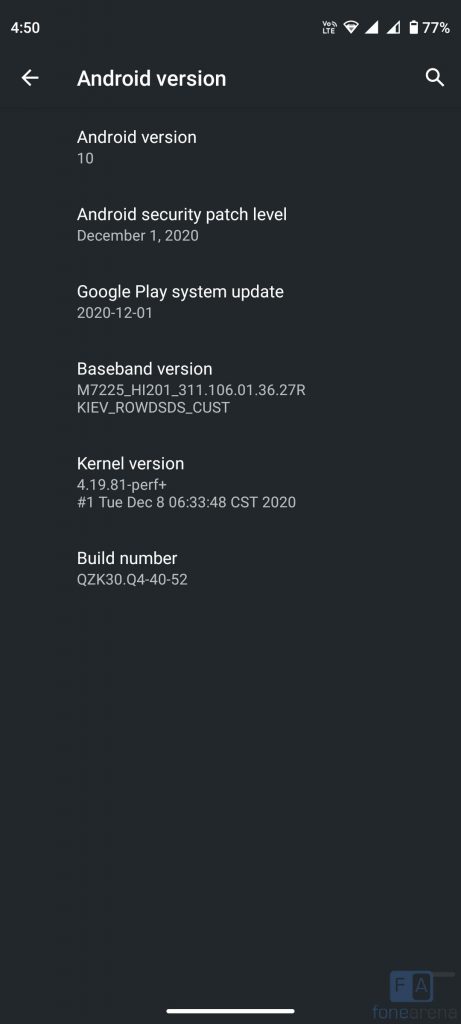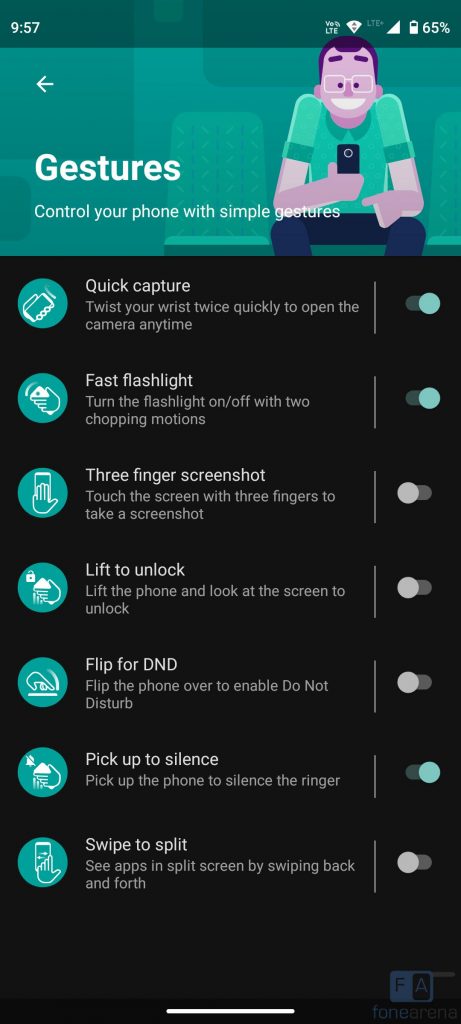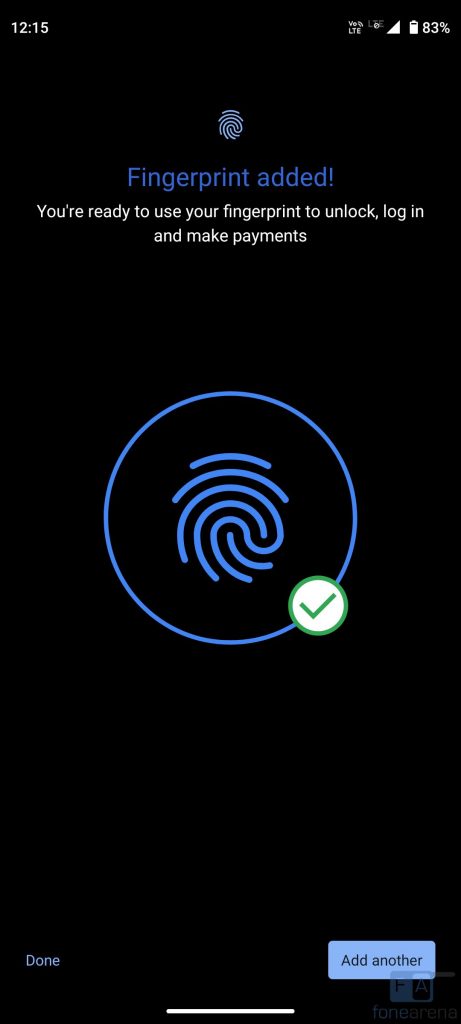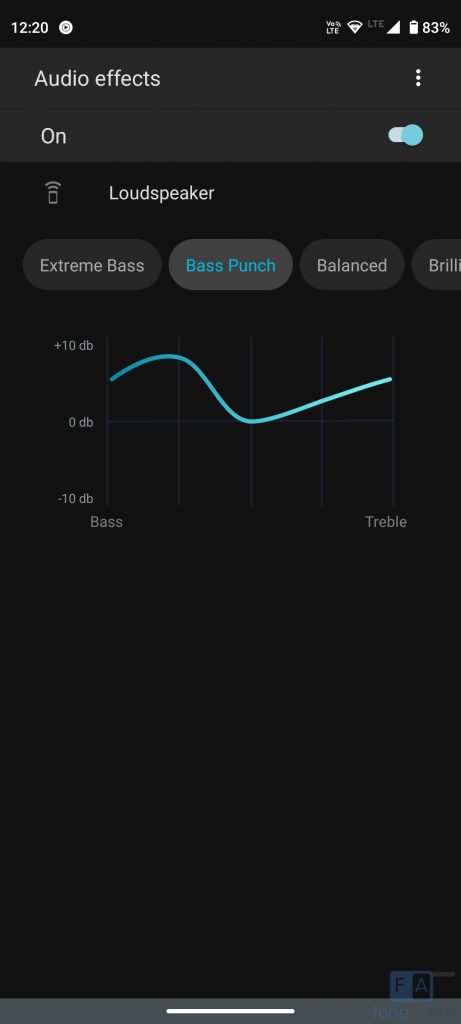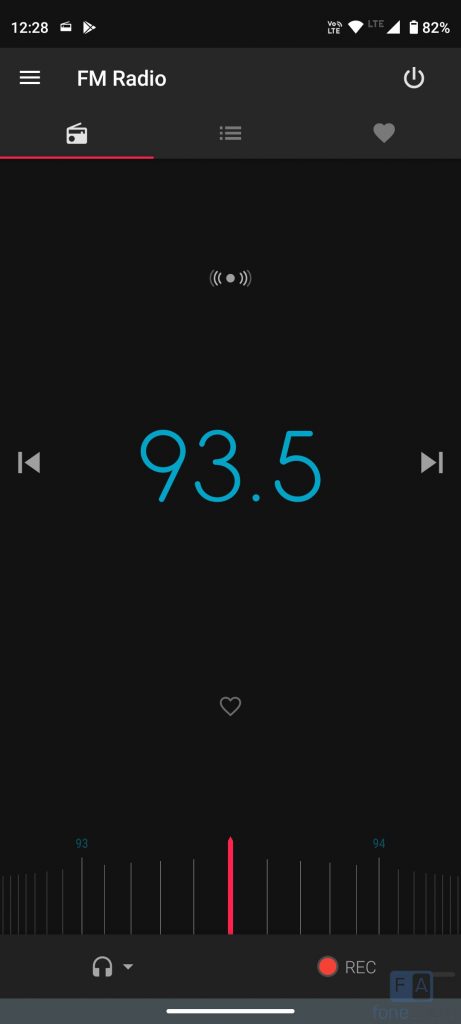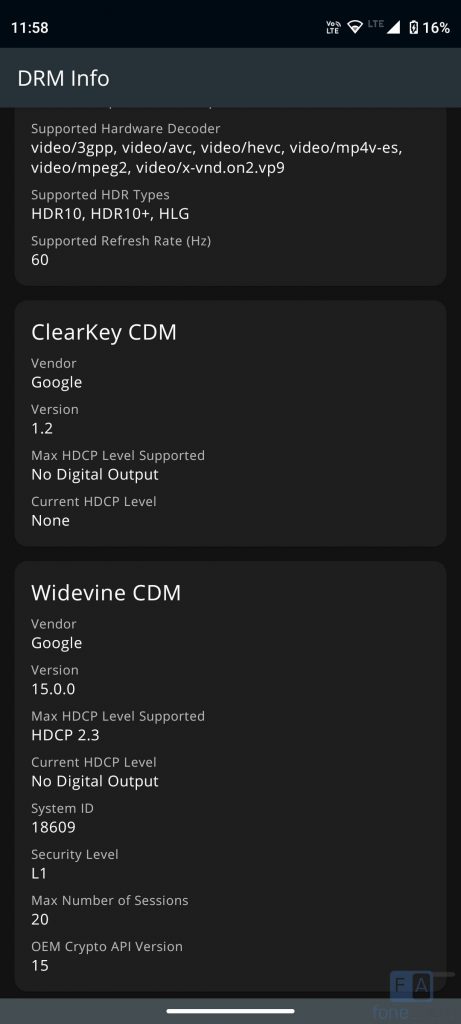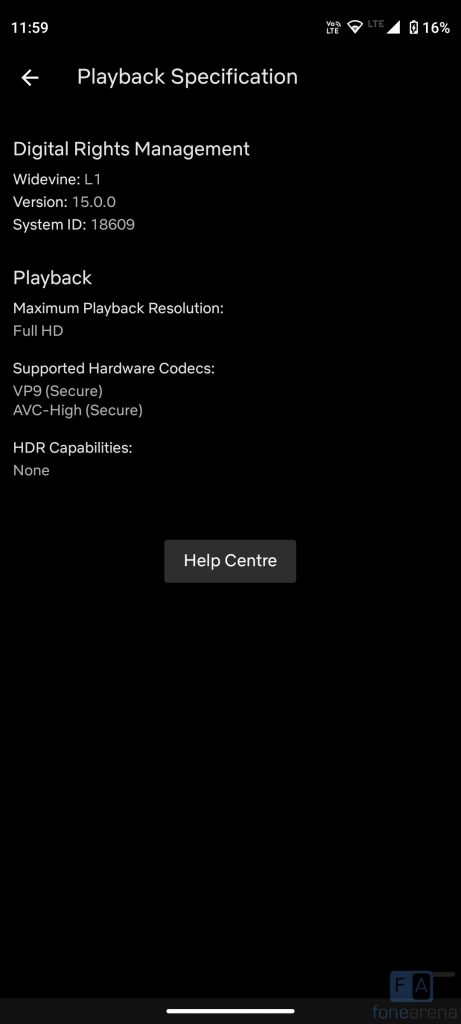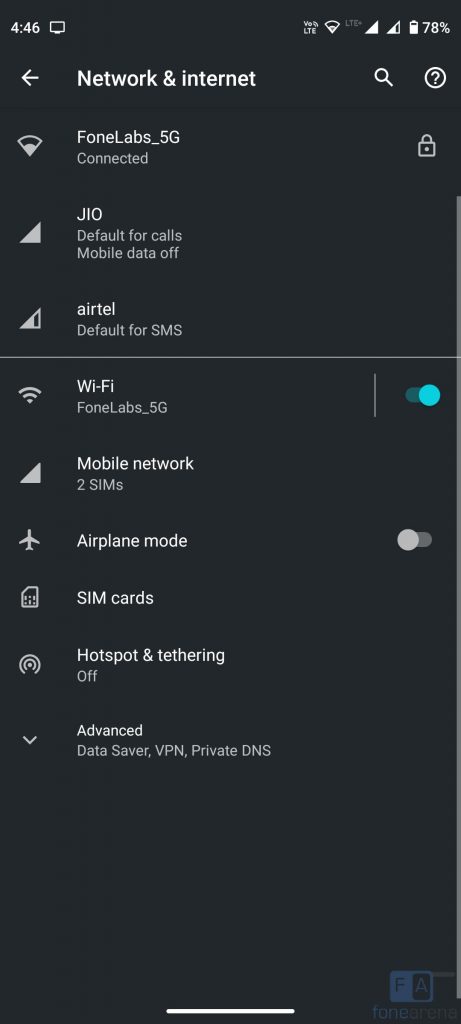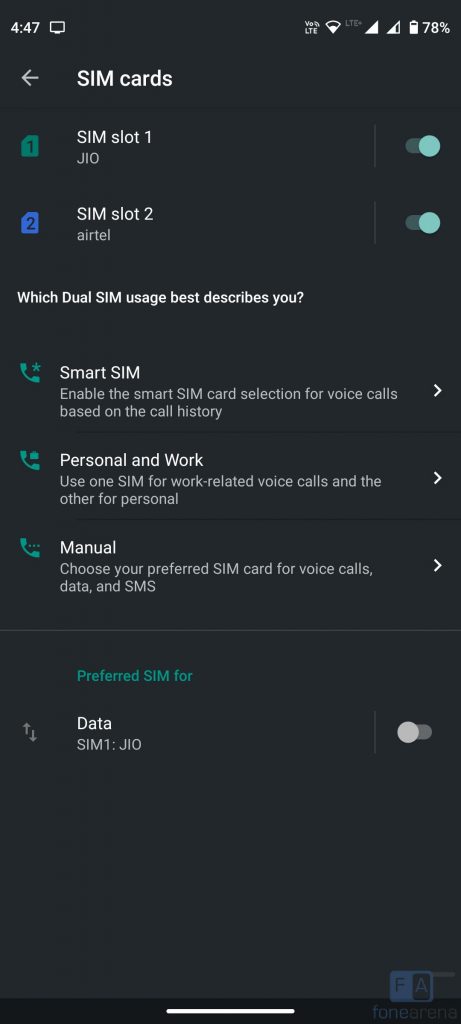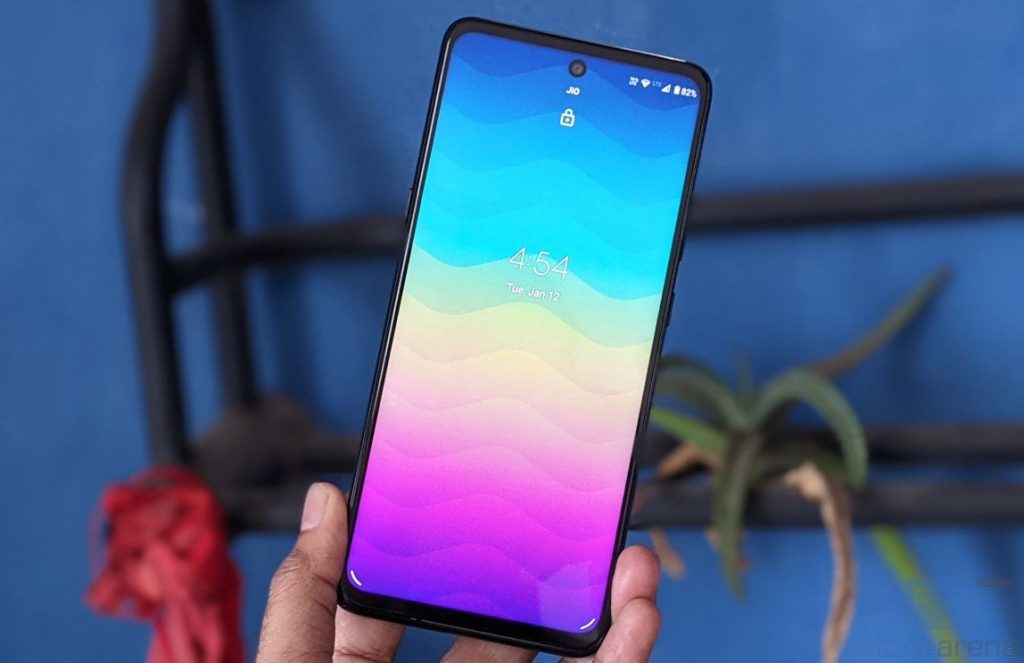
Motorola launched the moto g 5G smartphone in India back in November as the company’s first mid-range 5G phone, and it was also the first phone in the country to be powered by Snapdragon 750G SoC. The specifications look good on paper for a mid-range 5G phone. Let us dive into the review to find out what the device has to offer.
| Box Contents |
| Camera |
| Battery Life |
| Conclusion |
Box Contents
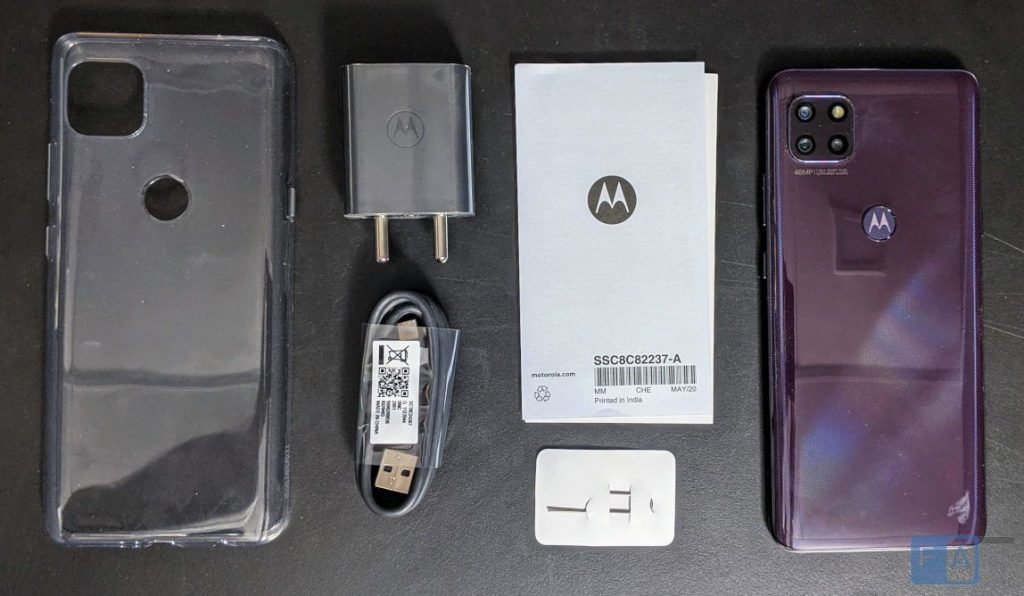
- moto g 5G smartphone in Volcanic Grey colour
- 20W adapter
- USB Type-C cable
- Clear protective case
- SIM ejector
- User manual and warranty information
Display, Hardware and Design
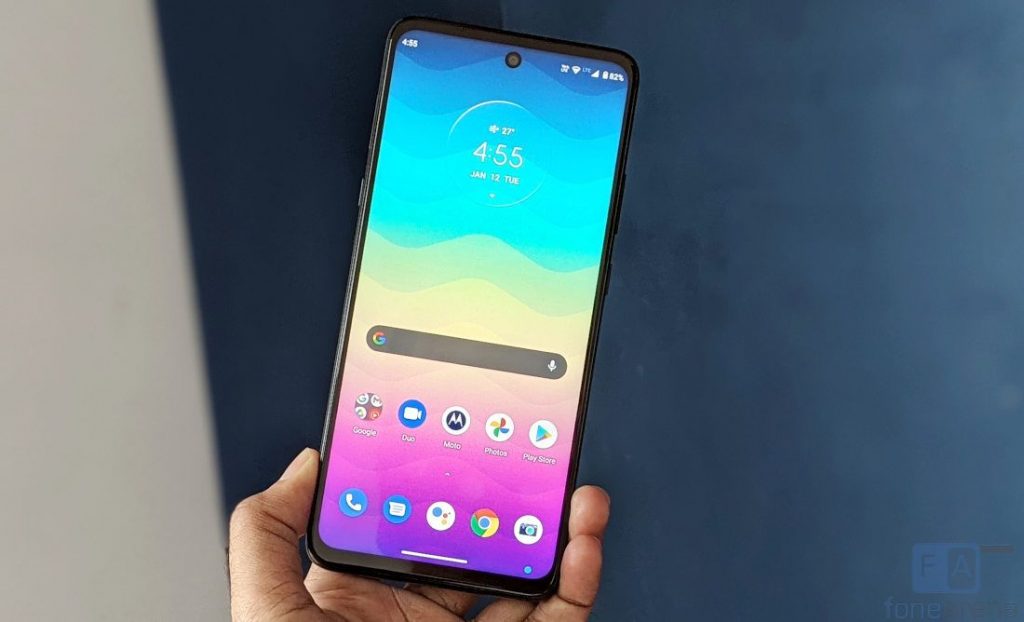
Starting with the display, the moto g 5G has a 6.7-inch Full HD+ display with a pixel resolution of 2400 × 1080 pixels, 20:9 aspect ratio 2.5D curved glass screen with gentle rounded corners and a pixel density of about 394 PPI. The display is bright, the colours are vibrant and the sunlight legibility is good as well. The phone has about 85% screen-to-body ratio and has HDR support, but the company doesn’t say if the display is protected by any kind of hardened glass.
Under the display options there are different options to adjust colours from Natural, Boosted and Saturated. There is also night light that lets you reduce the display’s blue light emission, so it doesn’t cause eye strain when you are reading at night. There is Dark mode, similar to other Motorola phones, and it automatically gets applied to compatible apps.
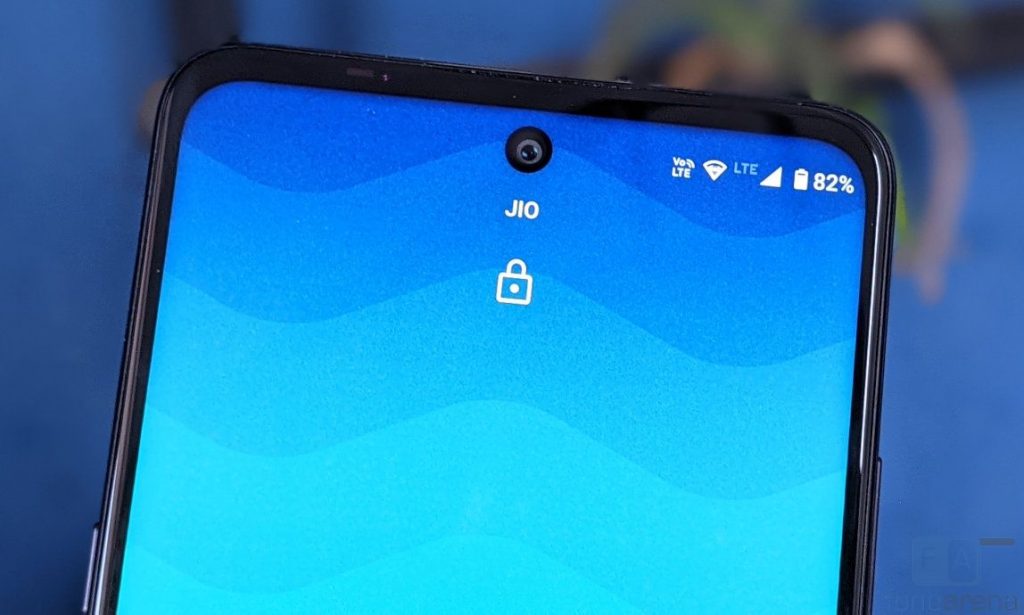
The phone has a single punch-hole screen that houses a 16-megapixel camera. Even though the punch-hole slightly big, it doesn’t disturb when watching videos. Above the display there is an earpiece on the top edge which also doubles up as a speaker. The phone doesn’t have a notification LED, but it comes with peek display option that lets you see interactive notifications and quick information while the screen is off, but it doesn’t act as always on display present in AMOLED phones. It also has the usual set of proximity and ambient light sensors as well as a gyroscope and a magnetic sensor, otherwise known as a magnetometer.
In terms of placements, the right side has volume rocker and power/lock button, while the left side houses a dedicated Google Assistant button and a Hybrid SIM slot (nano + nano / microSD) tray. The bottom side has a 3.5mm audio jack, USB Type-C port, primary microphone and a speaker grille. The top houses just the secondary microphone.
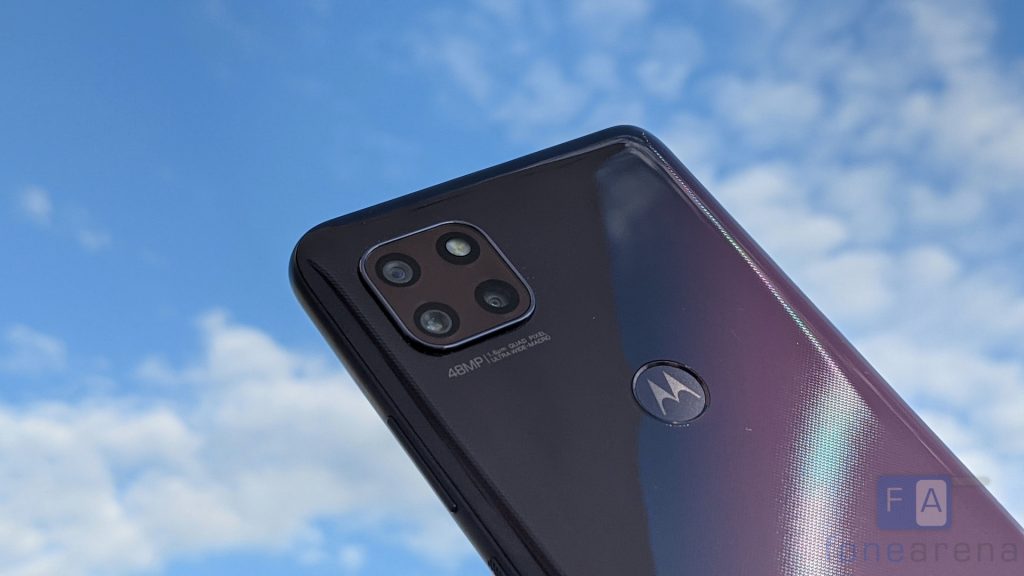
On the back there is a 48-megapixel camera along with an 8-megapixel 118-degree wide-angle lens, 2-megapixel 2-megapixel macro camera. This has slight camera bump. Even though the phone has a large screen, it is compact to hold.
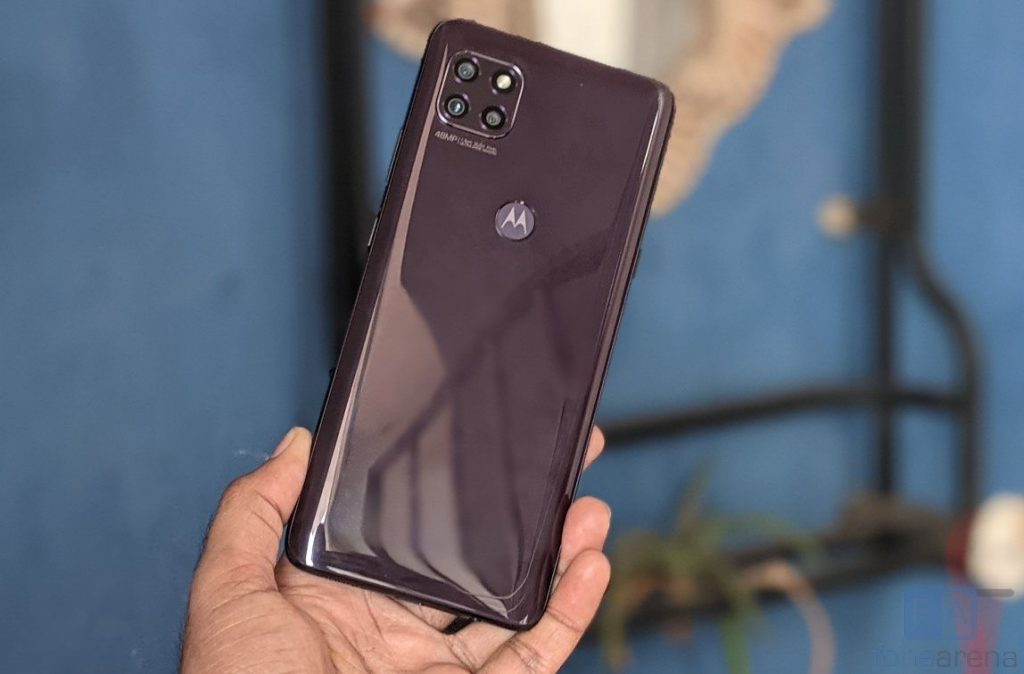
This has a plastic back, so it is prone to scratches and also prone to fingerprints, so it is recommended to use the bundled case. The moto G 5G has IP52 ratings compared to P2i nano coating in most Motorola phones, but you still can’t immerse in water since it is not IP67 or IP68 rated. The phone packs a 5000mAh built-in battery, so it is a bit heavy at 210 grams, but the weight distribution is decent.
Camera
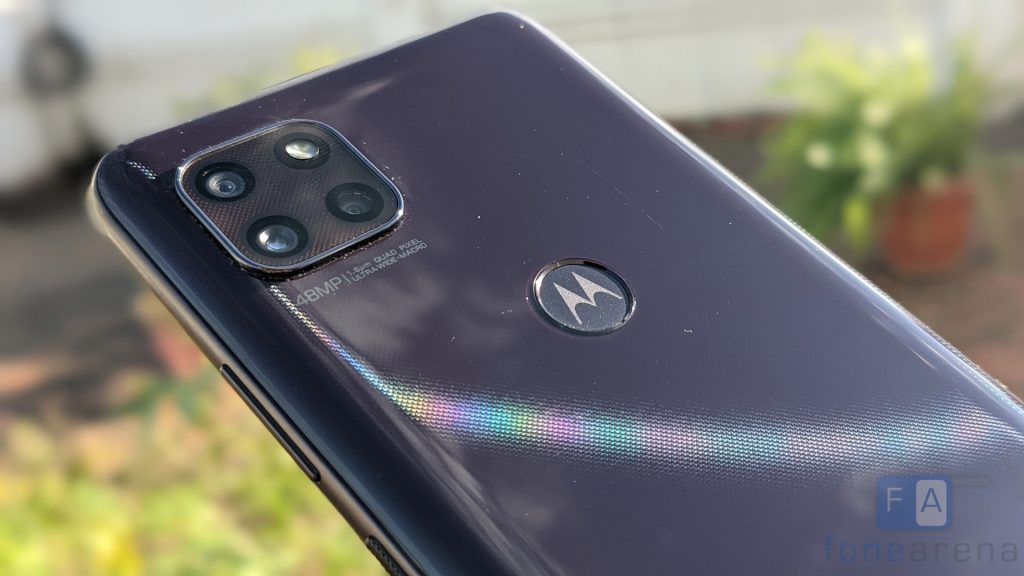
The phone packs triple rear cameras, that includes a main 48-megapixel primary rear camera with single LED Flash, 1/2″ Samsung GM1 ISOCELL sensor, 0.8μm pixel size, f/1.79 aperture, along with a secondary 8-megapixel camera with 118° ultra-wide angle lens with f/2.2 aperture, 1.12μm pixel size and a 2-megapixel macro camera with f/2.2 aperture. It has a 16-megapixel front-facing camera with 1μm pixel size and f/2.2 aperture.
The camera UI is familiar with most Motorola smartphones that includes a quick toggles between main camera, ultra-wide and macro camera on the bottom, quick toggles for flash, timer, aspect ratio, and more. More option has spot color, portrait, night vision, cinemagraph, panorama, group selfie, live filter and pro mode.
Coming to the image quality, daylight shots came out well with good dynamic range, thanks to quad-pixel technology that gives you get 12MP output. HDR shots are better with improved dynamic range, and it is recommended to enable auto HDR. Wide-angle shots from the 8MP camera is good and the portrait shots have decent edge detection even without a dedicated sensor. Since this has a fixed focus 2MP macro camera, you have to manually focus the object from a distance.
Low-light shots are decent, but there is a lot of noise and the night vision mode is better making the images brighter offering more details, but are not impressive. Images with flash are good and the flash is not overpowering. Daylight front camera shots are good, and low-light shots are decent. The output is 4MP in resolution which once again uses quad-pixel technology offering crisp images. Portrait front camera shots have average edge detection due to lack of an additional camera.
Check out the camera samples (Click the image to view the full resolution sample.).
The phone is capable of recording 4K at 30 fps and 1080p at up to 60 fps resolution and comes with slow motion 240 fps recording at 720p resolution and 120 fps at 1080p. It features EIS, but the video quality goes down when you turn it on when recording videos. The front camera supports 1080p recording at 30 fps Check out the video sample.
Software, UI and Apps
The moto g 5G runs Android 10, and it got Android Security patch for December, 2020 recently. The company has promised Android 11 update for the phone but there are no exact time frame for the roll-out. As usual, it is stock with added Moto features such as Moto app. It comes with Google discover option when you swipe to the right. There is nothing to mention about the software in specific since it offers stock Android 10 experience with added features.
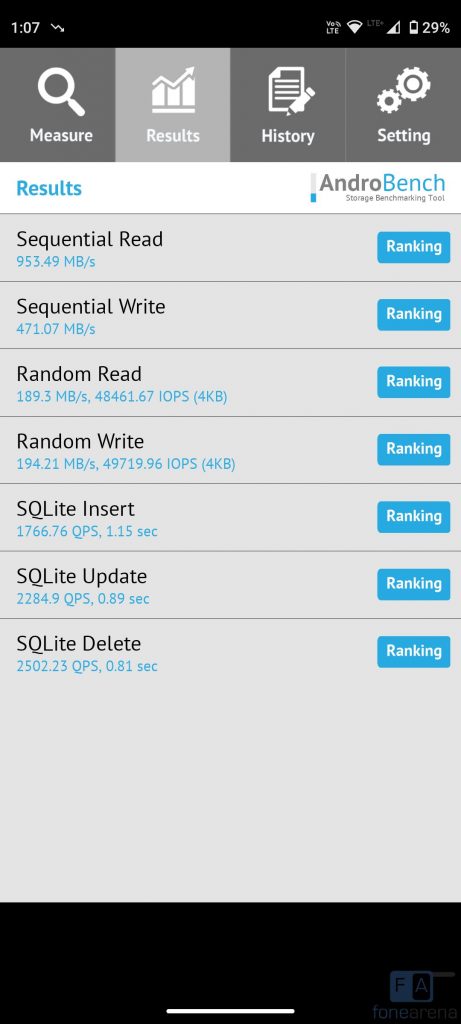
Apart from the usual set of utility apps, Google apps, You don’t find any bloatware in the phone. It packs 6GB of RAM and 128GB of storage. Out of 6GB RAM, you get 5.4GB of usable RAM, out of which about 3GB of RAM is free on boot with just the default apps running in the background. Out of 128GB of internal storage you get 107GB of usable storage. We got sequential read speeds of about 953MB/s, so it should have UFS 2.2 storage even though the company has not mentioned it.
It comes with the usual Moto app that offers several features such as personalization options, gestures, display customization, media controls, gametime, and more.
Fingerprint sensor and Face unlock
The phone has a fingerprint sensor on the back. It immediately unlocks phone just by keeping your finger so that you don’t have to press it, and it is obviously faster than the in-display fingerprint scanner. You can add up to 5 fingerprints. You can also use the fingerprint for app local and payments in apps. The phone also has face unlock, but it is not as secure as fingerprint since it can be unlocked with a photo.
Music Player, FM Radio and Multimedia
YouTube Music is the default music player with usual audio effects and equalizer which can also be directly accessed from Audio Effects shortcut app. It also has FM Radio with recording. Audio through the speaker is loud for a mono speaker, but most companies have started offering stereo speakers in the price range. Audio through earphones is good as well.
It has Widevine L1 support, so you can play HD content on Netflix, Amazon Prime Video and other streaming apps without any issues.
Dual SIM and Connectivity
It supports 4G VoLTE for Reliance Jio, Airtel and other networks and support Dual 4G VoLTE that offers 4G in both the SIM cards at a time. There is Snapdragon X52 5G modem with support for 11 global 5G network bands that includes N1/N3/N5/N7/N8/N28/N38/N41/N66/N77/N78 and also supports Carrier Aggregation on 4G, so you can see LTE+ symbol when it’s enabled. Other connectivity options include Dual-Band Wi-Fi 6 802.11 ac (2.4 + 5GHz) 4 X 4 MIMO for better Wi-Fi connectivity, Wi-Fi calling / VoWiFi support, Bluetooth 5.1 LE, GPS + GLONASS. The phone also NFC support and has USB OTG support that lets you connect USB drives. Moving on, the call quality is good, and we did not face any call drops and the earpiece volume was loud.
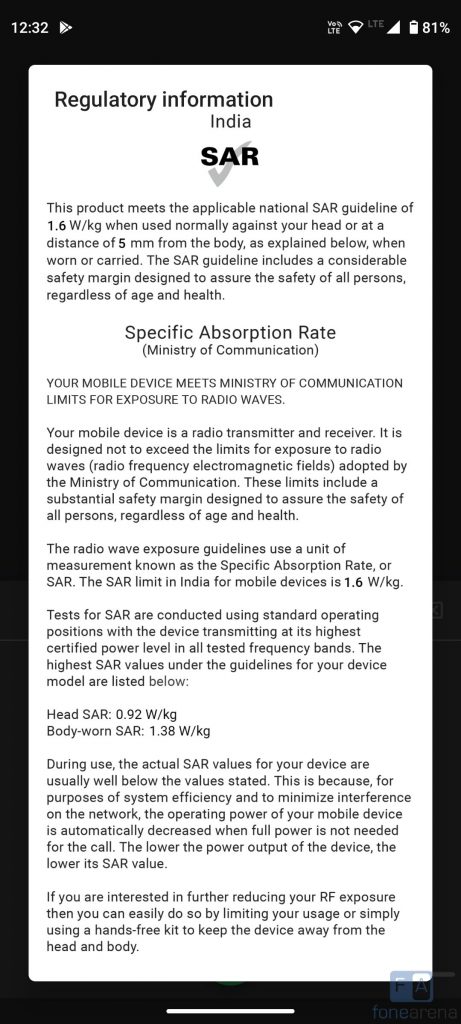
The moto g 5G’s head SAR is at 0.92W/Kg and the body SAR is 1.38 W/Kg and which is slightly more than 1W/kg, even though the limit in India is 1.6 W/kg (over 1 g). We would recommend not to keep the phone in your pocket for long.
Performance and Benchmarks
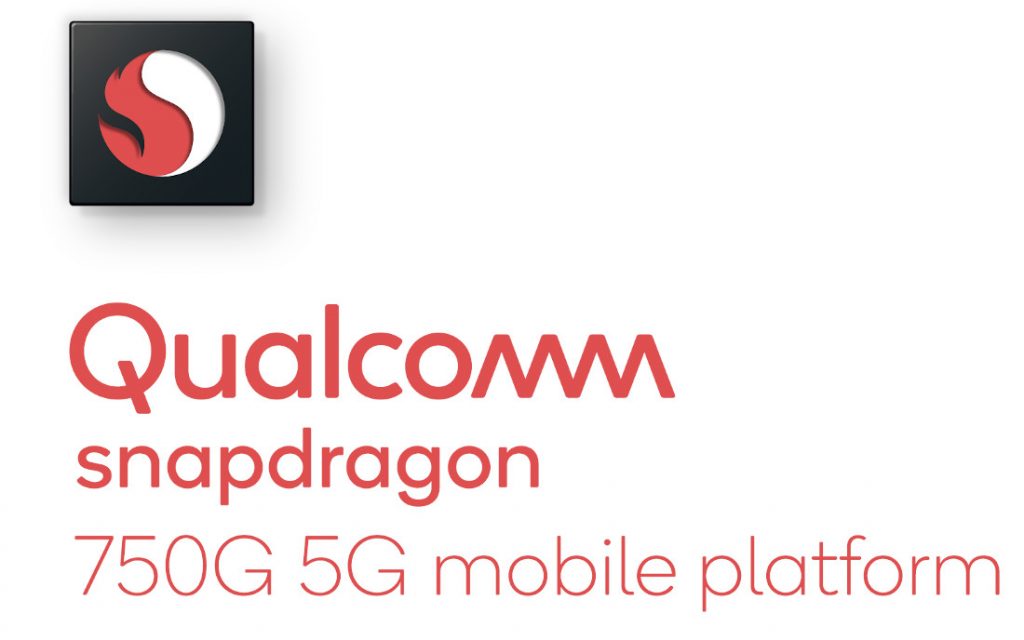
Coming to the performance, this was launched as the first phone in India to be powered by an Octa-Core Snapdragon 750G 8nm Mobile Platform, which has 2 x Kryo 570 Performance CPUs (A77-based) at up to 2.2GHz, 6x Kryo 570 Efficiency CPUs (A55-based) at up to 1.8GHz. It has Adreno 619 GPU with support for Open GL ES 3.2, Open CL 2.0 FP, as well as Vulkan 1.1 graphics and 6GB LPDDR4X RAM.
Thanks to the larger Kryo 570 cores based on new Cortex A77, this is faster than the Snapdragon 765, promising a 20% performance uplift compared to Snapdragon 730G. The Adreno 619 GPU promises up to 10% better graphics rendering compared to Adreno 618 GPU used in Snapdragon 730, and it also has Snapdragon Elite Gaming features.
We did not face any issues or frame drops in the graphic-intensive games. It gets a bit warm on intensive gaming and 4G data use, but it doesn’t get too hot to handle. That said, check out some synthetic benchmark scores below.


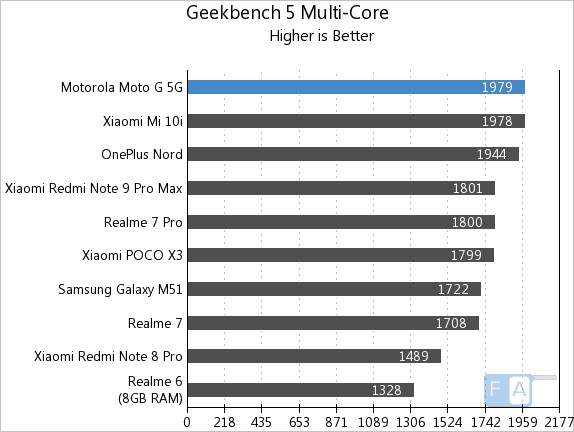
As you can see from the benchmarks, the values are better than the 730G and almost the same as Snapdragon 765G, and even the real-life performance is similar.
Battery life
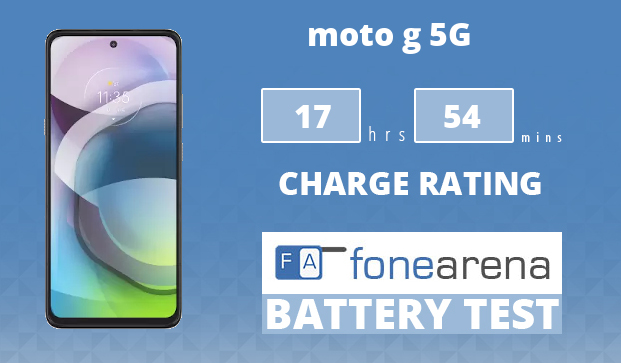
Coming to the battery life, the 5000mAh (typical) built-in battery lasts for a day even with heavy use, and with average use it lasts for a day. The phone has support for 20W TurboPower fast charging, so it just 40 minutes to charge from 0 to 50% with the bundled 20W charger, but 0 to 100% takes close to 2 hours which is slightly more than the competitors that take almost half the time.
It achieved an One Charge Rating of 17 hours and 54 minutes in our battery test which is good for a phone with a 5000mAh battery. Battery life is based on different factors such as software optimization and the processing power that requires to power the phone, so if the phone lasts for a day with heavy use, it is good.
Conclusion
At a price of Rs. 20,999, the moto g 5G is value-for-money budget 5G smartphone from Motorola offering stock Android experience. The main camera is good in most conditions, the phone offers smooth performance and the battery life is good as well. AMOLED screen or high refresh rate LCD screen would have been a good addition and the Glass body would have offered a premium look and feel. Also, the low-light camera performance could have been better.
Competition
The Mi 10i in the same price range is a good option if you need high refresh rate display and better camera, but you have to compromise on MIUI and less number of 5G bands. If you don’t need 5G support then the POCO X3 with high-refresh rate screen and bigger battery or the Galaxy M51 with AMOLED screen and a huge 7000mAh battery are good options.
Availability
The moto g 5G was launched at Rs. 20,999 for the single 6GB RAM with 128GB storage version, but it is now available during sale for as low as Rs. 18,999 and additional bank discounts on Flipkart.
Pros
- Clean UI without Bloatware or Ads
- Good camera in daylight
- Smooth performance
- Good battery life with fast charging
Cons
- Average low-light camera performance
- No AMOLED or high refresh rate screen compared to competitors
- Lacks dedicated microSD slot



